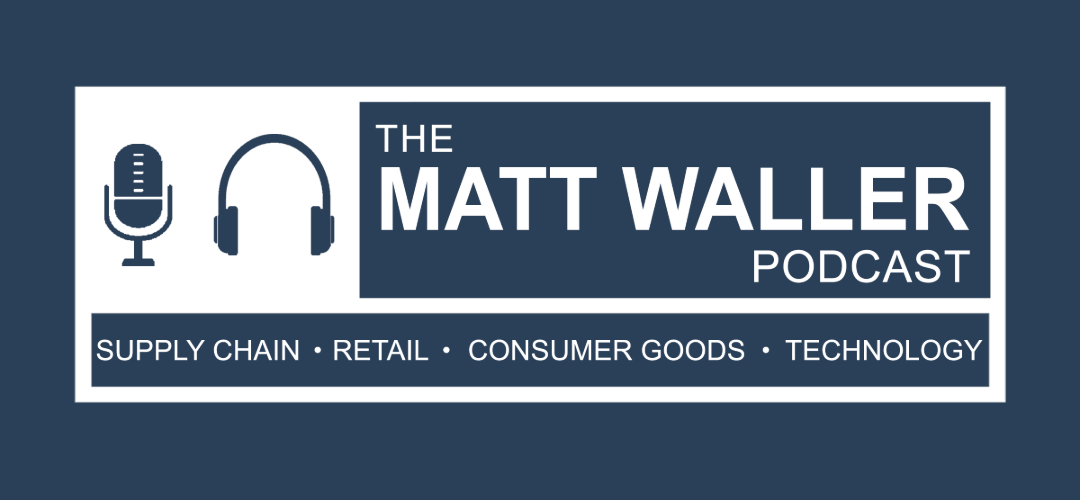In a rapidly changing global landscape, understanding and mitigating supply chain risk has become paramount for businesses of all sizes. This article delves into the complexities of supply chain risk, exploring strategies like diversification, reshoring, and nearshoring, while examining the legislative landscape and emerging technologies shaping the future of supply chain management.
The Importance of Diversification
The COVID-19 pandemic served as a stark reminder of the vulnerabilities inherent in concentrated supply chains. When China implemented strict lockdown measures, companies heavily reliant on Chinese manufacturing faced significant disruptions. Samsung, having diversified its smartphone production beyond China, weathered the storm better than competitors like Apple who were more reliant on Chinese manufacturing. This example highlights the competitive advantage of a diversified supply chain in mitigating risks and meeting demand during unforeseen circumstances.
Reshoring, Nearshoring, and the Allure of Diversification
While diversifying production across various countries mitigates risk, it introduces complexities. Factors like expertise, raw material availability, infrastructure, and distribution costs come into play.
Reshoring, bringing production back to the United States, offers potential benefits like proximity to market, potentially reducing outbound transportation costs and enabling faster response times to market changes. However, it often comes at the cost of higher production and supply expenses.
Nearshoring, shifting production to nearby countries like Mexico, Canada, or those in Central and South America, offers a balance between risk mitigation and cost optimization.
The optimal approach often lies in a portfolio approach, strategically diversifying production and supply across different countries to minimize exposure to volatility and risk, much like diversifying an investment portfolio.
The Evolving Legislative Landscape
The United States government is increasingly focused on bolstering domestic manufacturing and supply chain resilience. Many bills are being proposed, aiming to incentivize reshoring and nearshoring initiatives. Some legislation focuses on identifying critical supply chain vulnerabilities, while others offer financial incentives like tax breaks and funding for relocation and workforce development.
However, navigating this evolving legislative landscape can be challenging for businesses. The effectiveness of some measures remains unclear, and the sheer volume of legislation makes it difficult to stay informed.
The Need for a Holistic Approach
Successfully navigating supply chain risk requires a holistic approach that extends beyond simply relocating production or distribution facilities.
Key considerations include:
• Physical Flow: How will the movement of products and materials change?
• Information Flow: How will information flow be managed and who are the key decision-makers?
• Collaboration: How will collaboration with new partners in different countries be facilitated?
• Working Capital Management: How will cash flow and working capital be managed across borders?
• Synchronization: How will supply and demand be synchronized across a geographically dispersed network?
Failing to address these aspects can undermine the benefits of diversification, reshoring, or nearshoring efforts.
Technology's Role in Managing Risk
Emerging technologies are poised to play a crucial role in enhancing supply chain risk management. Automation, robotics, artificial intelligence, computer vision, and RFID technology are being increasingly integrated into production and distribution systems. These advancements can improve efficiency, reduce errors, and provide greater visibility and control over complex global supply chains.
Conclusion
Managing supply chain risk in today's interconnected world demands a strategic and adaptable approach. Diversification, reshoring, and nearshoring offer potential solutions, but must be carefully weighed against their complexities and costs. Staying informed about the evolving legislative landscape and embracing technological advancements are crucial for businesses to build resilient and responsive supply chains capable of navigating future disruptions.



Member discussion: